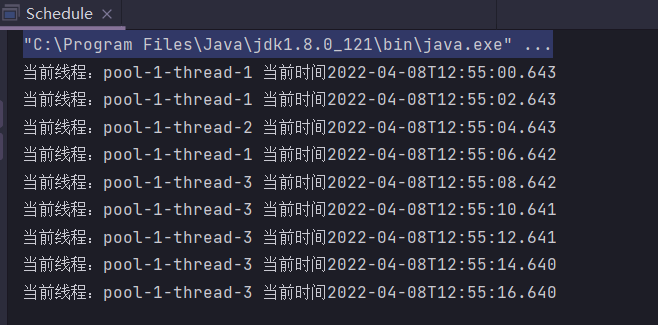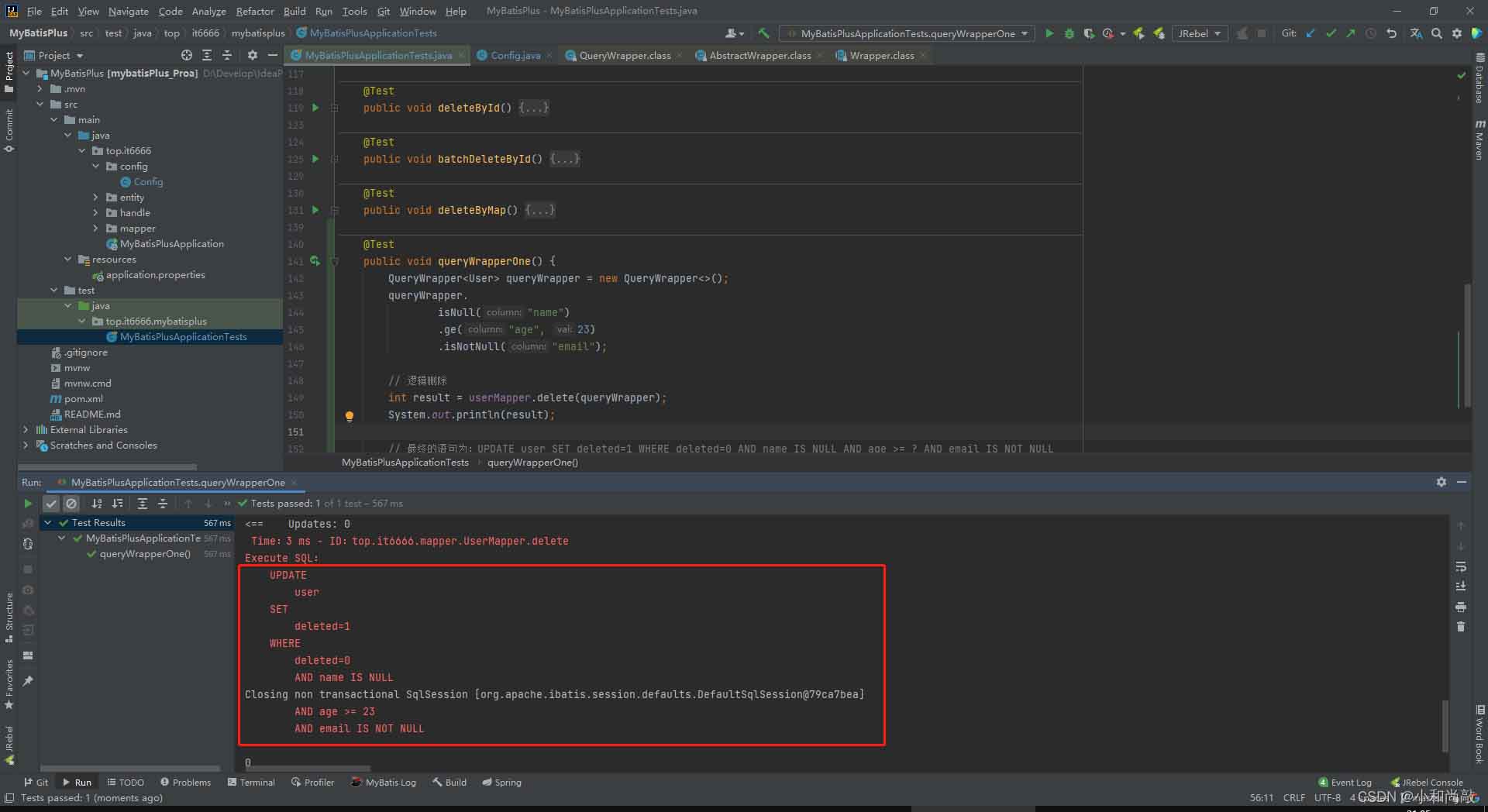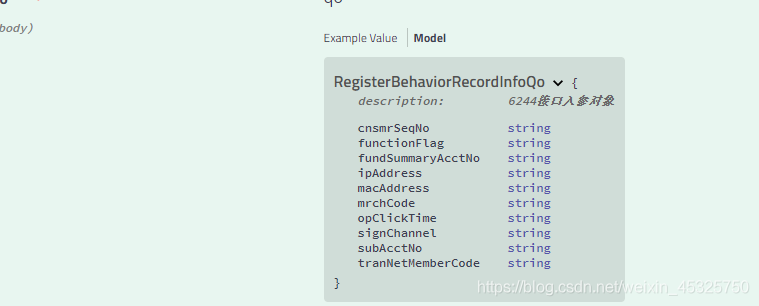自定义标签是一种高级的JSP技术,它可以让JSP页面的开发人员编写出自己的标签,使得标签在JSP页面中的使用更加方便。
jsp自定义标签之ifelse与遍历自定义标签示例完整攻略
什么是自定义标签?
自定义标签是一种高级的JSP技术,它可以让JSP页面的开发人员编写出自己的标签,使得标签在JSP页面中的使用更加方便。
自定义标签分类
JSP自定义标签有两种类型:标签库模式(Tag Library)和JavaBean模式(JavaBean)。标签库包括EL函数和标签处理程序两种类型。
ifelse标签使用教程
ifelse标签是一个常用的自定义标签,它可以在JSP页面中实现if-else语句的功能。
创建ifelse标签处理程序
public class IfElseTag extends TagSupport {
private boolean test;
public void setTest(boolean test) {
this.test = test;
}
@Override
public int doStartTag() throws JspException {
if (test) {
return EVAL_BODY_INCLUDE;
} else {
return SKIP_BODY;
}
}
@Override
public int doEndTag() throws JspException {
return EVAL_PAGE;
}
}
定义标签库描述文件
该文件必须是XML格式,包含标签名称、URI等信息。
<taglib>
<tlib-version>1.0</tlib-version>
<jsp-version>1.2/2.0</jsp-version>
<short-name>if</short-name>
<uri>http://www.example.org/tags/if</uri>
<tag>
<name>if</name>
<tag-class>
com.example.tags.IfElseTag
</tag-class>
<body-content>JSP</body-content>
<attribute>
<name>test</name>
<required>true</required>
<rtexprvalue>true</rtexprvalue>
</attribute>
</tag>
</taglib>
以上就是创建ifelse标签的所有步骤,接下来我们来看如何引用该标签。
JSP页面使用ifelse标签
在JSP页面的头部添加标签库引用声明:
<%@ taglib prefix="if" uri="http://www.example.org/tags/if" %>
然后在页面中使用标签:
<if:if test="${condition}">
<p>if条件成立时输出的内容</p>
</if:if>
<if:if test="${!condition}">
<p>if条件不成立时输出的内容</p>
</if:if>
当${condition}表达式为true时,第一个
遍历自定义标签使用教程
创建遍历标签处理程序
public class ForEachTag extends BodyTagSupport {
private Collection<?> items;
private Iterator<?> iterator;
public void setItems(Collection<?> items) {
this.items = items;
this.iterator = items.iterator();
}
@Override
public int doAfterBody() throws JspException {
if (iterator.hasNext()) {
pageContext.setAttribute("item", iterator.next());
return EVAL_BODY_AGAIN;
}
return SKIP_BODY;
}
@Override
public int doEndTag() throws JspException {
pageContext.removeAttribute("item");
return EVAL_PAGE;
}
}
定义标签库描述文件
<taglib>
<tlib-version>1.0</tlib-version>
<jsp-version>1.2/2.0</jsp-version>
<short-name>forEach</short-name>
<uri>http://www.example.org/tags/forEach</uri>
<tag>
<name>forEach</name>
<tag-class>
com.example.tags.ForEachTag
</tag-class>
<body-content>JSP</body-content>
<attribute>
<name>items</name>
<required>true</required>
<rtexprvalue>true</rtexprvalue>
<type>java.util.Collection</type>
</attribute>
</tag>
</taglib>
JSP页面使用遍历标签
<%@ taglib prefix="forEach" uri="http://www.example.org/tags/forEach" %>
<forEach:forEach items="${items}" var="item">
${item}
</forEach:forEach>
上面的代码中,items属性值是一个Collection类型的表达式,var属性指定了迭代变量名。在标签内部,${item}就可以输出集合中的每个元素了。
总结
通过本教程的学习,你应该对JSP自定义标签以及创建ifelse标签和遍历标签的方法有了深入理解。如果你已经掌握了这些技术,那么在以后的JSP页面开发中就可以更加便捷的使用自己编写的标签来提升其可读性和可维护性。
本文标题为:jsp自定义标签之ifelse与遍历自定义标签示例


基础教程推荐
- JavaWeb 实现验证码功能(demo) 2024-04-14
- Java+mysql实现学籍管理系统 2023-03-16
- JSP 动态树的实现 2023-12-17
- 深入理解约瑟夫环的数学优化方法 2024-03-07
- Java中EnvironmentAware 接口的作用 2023-01-23
- springboot下使用shiro自定义filter的个人经验分享 2024-02-27
- Java编写实现窗体程序显示日历 2023-01-02
- 使用Java和WebSocket实现网页聊天室实例代码 2024-02-25
- 是否适合从javabean类更新数据库? 2023-11-04
- 运用El表达式截取字符串/获取list的长度实例 2023-08-01

















